Leadership Capacity-Building
- Year-long/Six-Month Leadership, Supervisory, and Team Training and Capacity – Building, incorporating face-to-face training sessions observation, feedback loops, and real-time application leadership practices that improve trust, psychological safety, belonging, and workforce retention to advance outcomes
- Evaluation of child welfare and human services organization’s systems strengths, challenges, and provides recommendations for enhancement of outcomes
- Human Services Consolidation – Evaluation, Recommendations, and Implementation
- Organizational and Community Strategic Planning
- Implementation Plan Leadership – State-wide, Multi-Tiered Training Systems
- Neuroscience Change Leadership/Management – To Support Technology, Practice Model, and Other System Shift Implementation
- Serve as Interim Director, C-Suite, Program Administrator and other roles within human services
- Consulting for fiscal issues across program areas in county DSS
Child Welfare & Adult Services Capacity-Building
- Supports County efforts to improve child welfare and adult services processes, practices, policy application, and outcomes to move counties out of program improvement sooner
- Onboarding Boost for new Workers and Supervisors to help them be better equipped to apply policy to practice, make safety decision-making, and understand the organization’s expectations to advance the safety, permanence, and well-being of children and their families
- Practice Boost for veteran Workers & Supervisors to improve practice and decision-making enhancement, supervision methods for case trajectory and day-to-day management, support with prioritization and in other areas of growth
- Enhancing Supervisor and Manager capacity to better drive policy application to practice, safety evaluation, decision-making, case trajectory, and oversight of child welfare casework for stronger outcomes
- Workers/Supervisors/Managers: Apply the capacity- building model & utilize DHHS practice standards to train/re-train, apply learning and policy to practice, field observation, and feedback loops for continuous quality improvement
- Policy and Practice Essentials Series for Workers and Supervisors (based on trends), training and field observation sessions to strengthen practice areas to improve safety, permanence, and well-being
- Technical Assistance and Program/System Improvement Consulting, grounded in safety culture, safety science, and policy application to best practice
- Integration of Lived – Experience Lens across service array
Evaluation, “Real-Time” Strategic Planning, and Facilitation
- Evaluation of human services, child welfare, and community programs, organizations, and initiatives through the lens of the client served, resources needed, infrastructure business processes, and fiscal stewardship
- Real Time Strategic Planning – a flexible approach to identify, understand, and act to respond quickly to both internal and external challenges and opportunities to forward the mission. First developed by this approach to strategic planning engages all internal and external stakeholders to create coordinated actions to address systemic changes to ensure success. SOURCE: La Plana, D. & Campos, M. M. (2018). The nonprofit strategy revolution, 2nd Ed. Turner Publishing Company
- Facilitation – Public organizations, local and state governments, health & human services organizations, community initiatives, and lived experience stakeholder groups
- Health & Human Services Consolidation Evaluation & Implementation – recommendations to integrate service and program areas for increased consumer efficiency and access, improved service delivery, less cost and enhanced outcomes.
Resilient, Organizational Health & Culture
Develops high-performing teams, through belonging, performance measures, and sustainable practices
Advances workforce recruitment, hiring, onboarding, retention, and resiliency wellness supports
Onboarding Veteran and New Staff in the field; enhancement of onboarding processes
Focus on belonging across systems, amplifying diversity, equity, and inclusion
Cultivate a resilient, healthy organizational culture and climate through trust, psychological safety, equity, inclusion, and belonging
Training & Continuous Quality Improvement
- Training on a diverse array of topics tailored to your organization, team, manager, supervisors, and workers
- Conducts continuous quality improvement and quality assurance reviews, analyzes data trends, and identifies strengths, challenges, and recommendations for improvement across all program areas
- Develops and implements continuous quality improvement teams, processes, practices, tools, and training
- Development, writing, and implementation of Standard Operating Procedures for Adult and Aging Services, Child Welfare, and Economic Services
- Curriculum development, research application to practice, and facilitation of communities of learning and practice
- Develop and implement plans for trauma-informed, healing-centered organization
Focus on People & Building Workforce Resilience
- Development and implementation of workforce wellness supports such as worker threat/safety teams, workforce wellness teams, and a diverse array of other supports deemed successful in other jurisdictions
- Application of competency-based recruitment, hiring, and onboarding practices
- Implementation and data trend analysis related to stay interviews at 30/60/90 days
- Cumulative trauma education sessions, for multiple levels of the workforce, with focus on individualized and group holistic resiliency, supports planning
- Embed debriefing model for difficult cases and fatalities
Safe & Together

Certified Safe & Together Trainer
Safe & Together, licensed by the Safe & Together Institute is an internationally recognized suite of tools and interventions designed to help child welfare professionals become domestic violence-informed. Continuously refined through years of experience implementing the Model across the United States, the UK, Australia and other countries, it is an evidence-based practice that can help improve competencies and cross-system collaboration.
The Safe & Together Model, is a systems change framework, offers language, thinking and practices that help increase accountability for perpetrators as parents, reduce victim blaming and improve outcomes for children and families. The theory of change behind the Model suggests that when more practitioners and organizations adopt a perpetrator pattern-based approach, the movement of systems to greater efficiencies in domestic abuse cases and greater responsiveness to survivors will accelerate.
The Safe & Together Model helps to has three main principles:
- Keep children safe and together with their non-abusive parent
- Ensure safety, healing from trauma, stability, and nurturance
- Intervene with the perpetrator to reduce the risk and harm to the child
Contact us today to inquire about Safe & Together Training for your organization.
Capacity Building Results
Partner with Counties and DHHS to improve service delivery, outcomes, and complete program improvement successfully in multiple NC counties and other jurisdictions
Improve Supervision in child welfare and adult & aging services
Accelerate progress toward achieving Program Improvement Plan goals
Improve child welfare performance measures and organizational, fiscal, and client outcomes
Model and improve “real-time” communication & feedback loops
Enhance organizational health and a resilient culture and climate
Strong, healthy, trauma-informed systems resulting in individuals, children, and families feeling physically and psychologically safe
Application of lived experience through youth and family voice related to policy, practice, leadership, and communication Improve competency-based workforce hiring, engagement, performance, and retention
Cultivate high-trust and efficient teams through equity, inclusion, and belonging strategies, resulting in improved team performance
Improve timeliness & service provision in assessments; increase timely permanency; enhance connections and wellbeing
Enhance productivity & workload efficiency
Increase in quality of safety & risk assessment within child welfare
Alignment of cross-system collaboration to improve social determinants of health and address generational healing, social and racial justice issues, and adverse childhood experiences
Forward public trust with the Director and Leadership Team through coordinated cross-system collaboration and transparent communication of leadership strategies to address systemic issues


